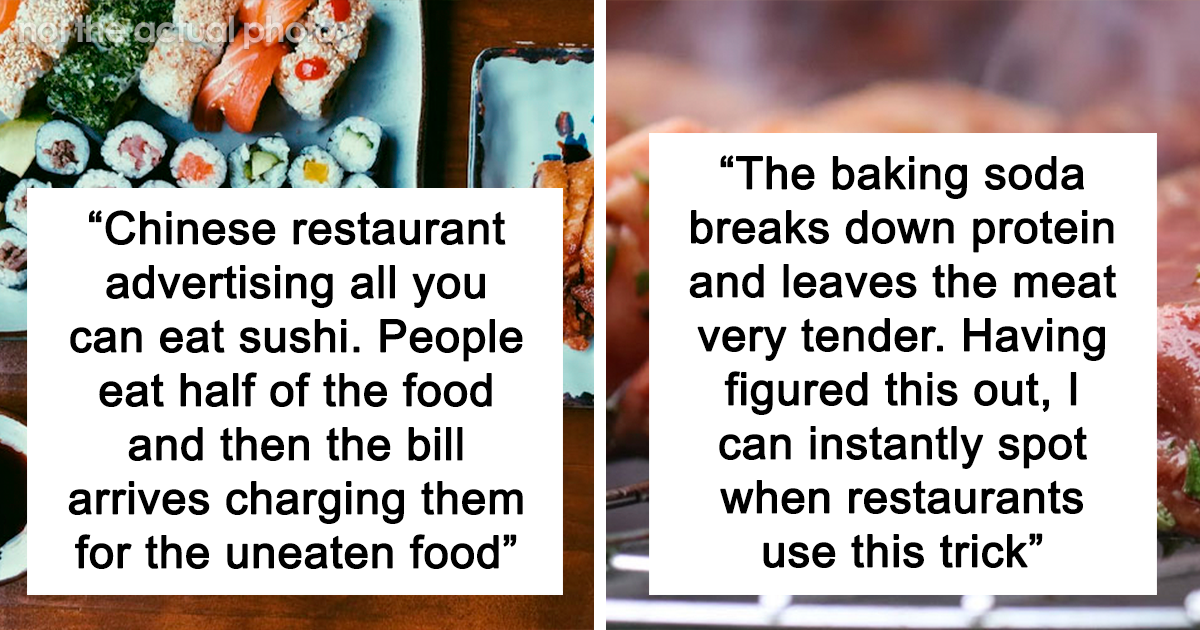Insider Secrets: What Restaurant And Bar Workers Won’t Tell You About How They Cut Costs Behind The Scenes
3—- I worked for a fine dining restaurant, also in Louisiana, that served high-end French-Creole cuisine. This wasn’t just anyplace; it was a well-regarded & highly-rated establishment. Our menu featured several oyster dishes. The oyster dishes would always be served in the shells, but the shells were recycled / put through the washer & reused, and the oysters used were pre-shucked & canned. The restaurant was on the water and instead of having a paved lot, it had seashell gravel (this is a thing in Louisiana). Occasionally, on busy nights, we would run out of the recycled shells, & a cook would have to go out into the parking lot to find a suitable oyster shell from the seashell gravel to wash up & serve from. We also re-served leftover croutons that were put on tables, but not eaten. We served crisp “croutons” rather than bread, which was a huge cost-saver, because they could be recycled & took much longer to get stale. When they finally did turn stale, they would be used to make our bread pudding.
4—- At a restaurant in California: Labor laws in CA mandate that employees working more than 6 hours are required a 30 minute break. To accomodate this law, most restaurants staff an extra server for each shift to watch the tables of the other servers while they take their breaks. Because they don’t make tips, this server is usually paid a higher hourly wage to compensate. To get around having to pay that extra person, one restaurant that I worked for would have their employees break at the very end of their shift, after the restaurant or their section had closed. A break at the end of your shift is pretty pointless, because you are about to be off anyway. So after we had finished with work for the














Post Comment